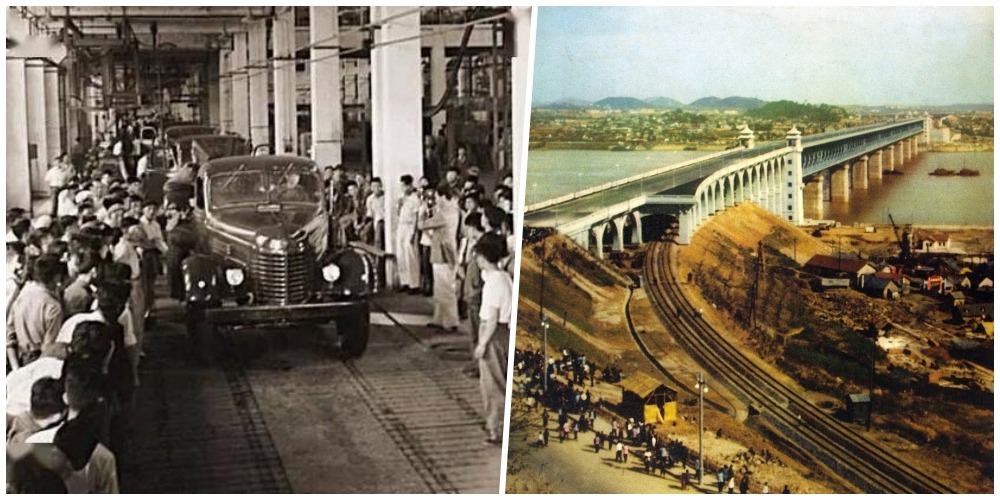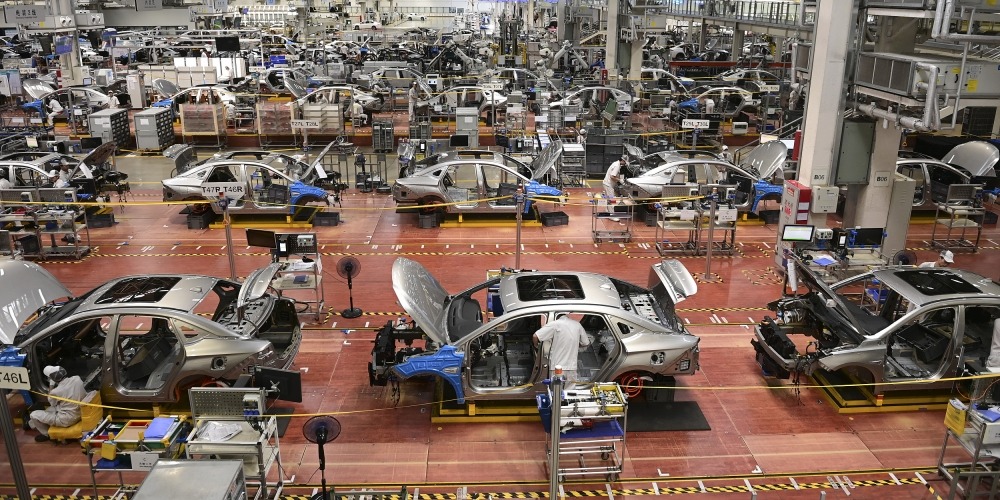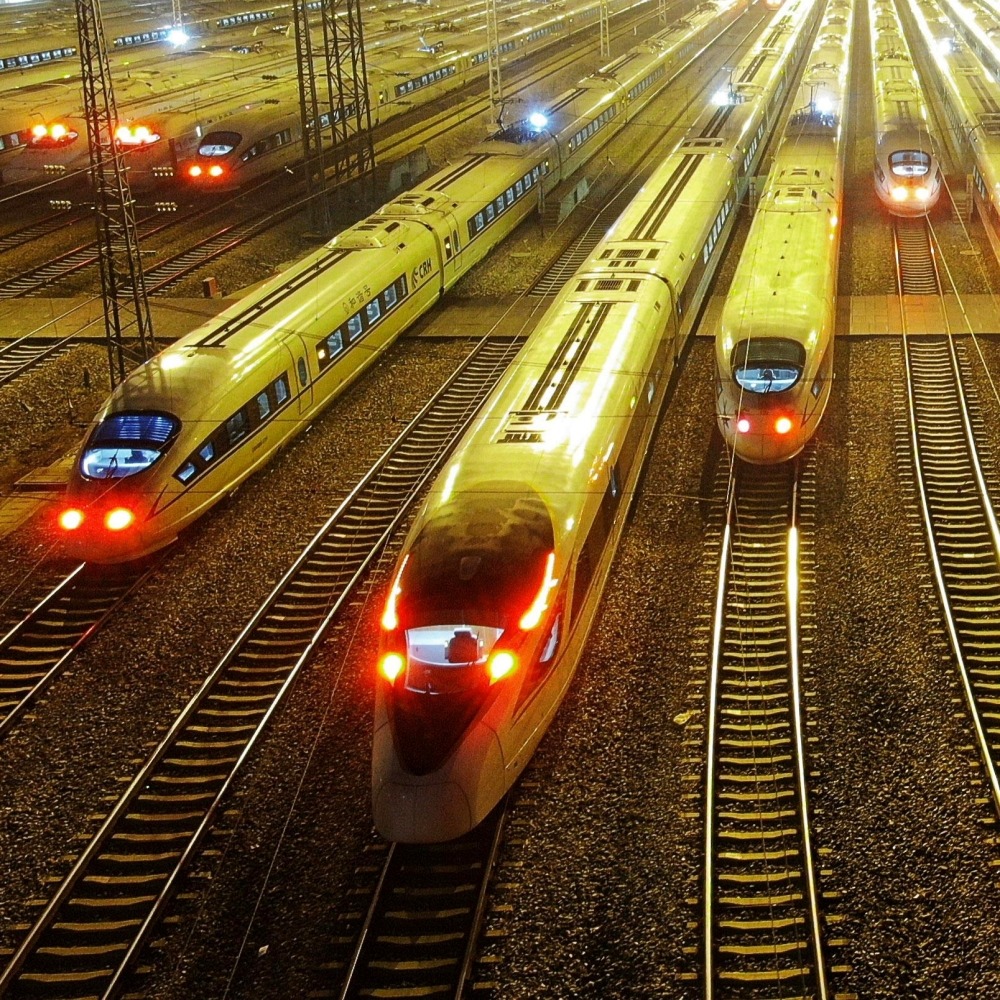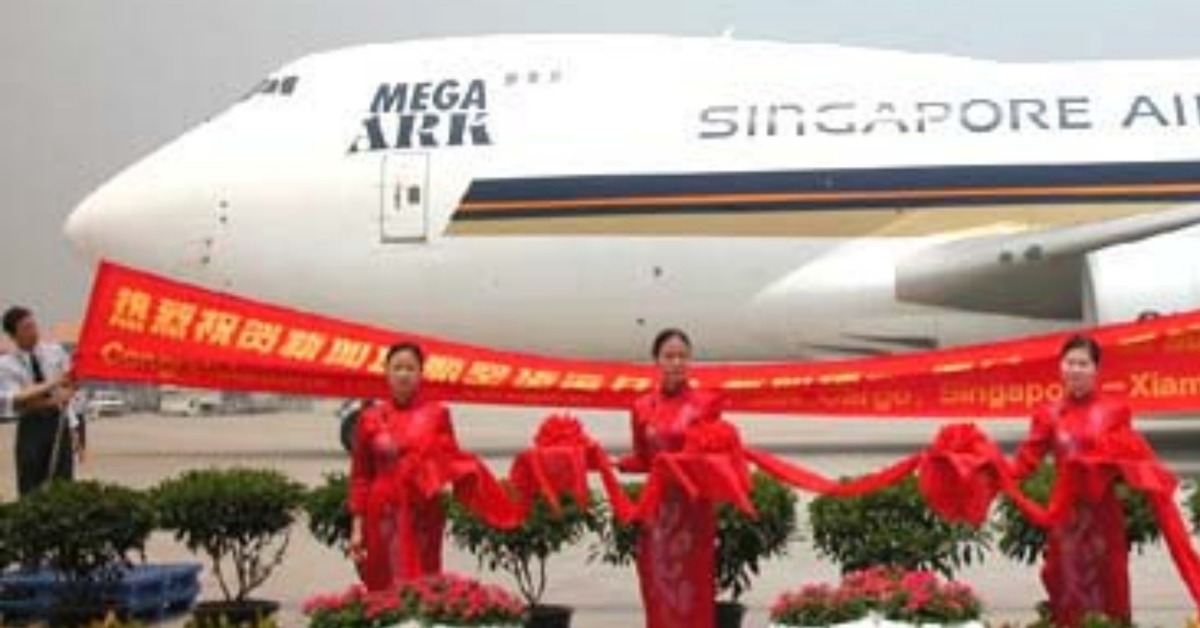Published : 2025-03-25
What exactly is China's 14th Five-Year Plan that we often hear about these days? It's short for the 14th Five-Year Plan—but where did these quinquennial plans come from in the first place?
This article will look back at the history of China’s five-year plans to help readers better understand the country’s economic development.
New China learned from Soviet Union and started "First-Five" in 1953
We often hear the term "14th Five-Year Plan", which is the development blueprint outlined by China for the five years from 2021 to 2025. But where does this five-year planning system originate?
When the People's Republic of China (PRC) was established in 1949, the population faced poverty, and industrial production was underdeveloped.
In order to lay a solid foundation for economic development, Chinese leaders sought to learn from the "big brother" Soviet Union for guidance in adopting a five-year planning system.
This system involves setting out a development plan every five years, creating a blueprint for China's long-term development, and establishing goals and visions for major national construction projects and economic progress.
China's first five-year plan, abbreviated as "First Five", spanned the years from 1953 to 1957.
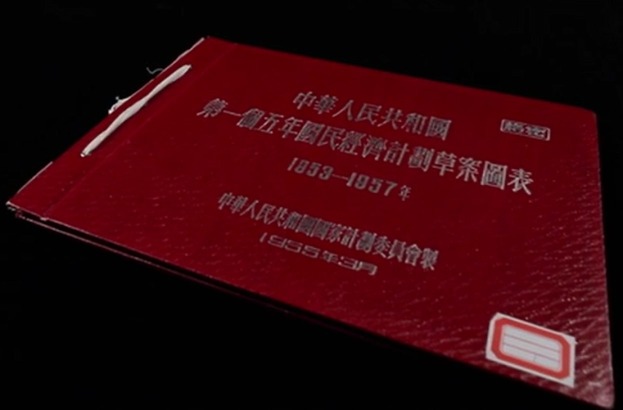
The documentation for "First Five" began to be compiled from 1951, under the full name "Outline of the Five-Year Plan for National Economic and Social Development of the People's Republic of China". Several drafts were made before finally being deliberated and passed by the National People's Congress in July 1955.
Not just for the "First Five", even for the "14th Five-Year Plan" draft outline deliberated by the National People's Congress in 2021, research began as early as 2019.
Why does it often take approximately three years to compile a five-year plan?
The reason is that many steps are involved: first, a mid-term evaluation of the previous five-year plan must be conducted, followed by preliminary investigations, seeking opinions and suggestions from various regions, departments, experts, scholars, grassroots party representatives, etc.
Read more: Understand 14th Five-Year Plan
Steel production was the focus of "First Five"
The highlight of China's first five-year plan was industrial construction, especially focusing on the 156 major construction projects assisted by the Soviet Union.
Against this background, the first batch of China-made automobiles—12 trucks under the brand "Jiefang" which means "liberation" in Chinese—were successfully produced by the First Automobile Works (FAW) in Changchun in 1956. It started the history of China-made automobiles.
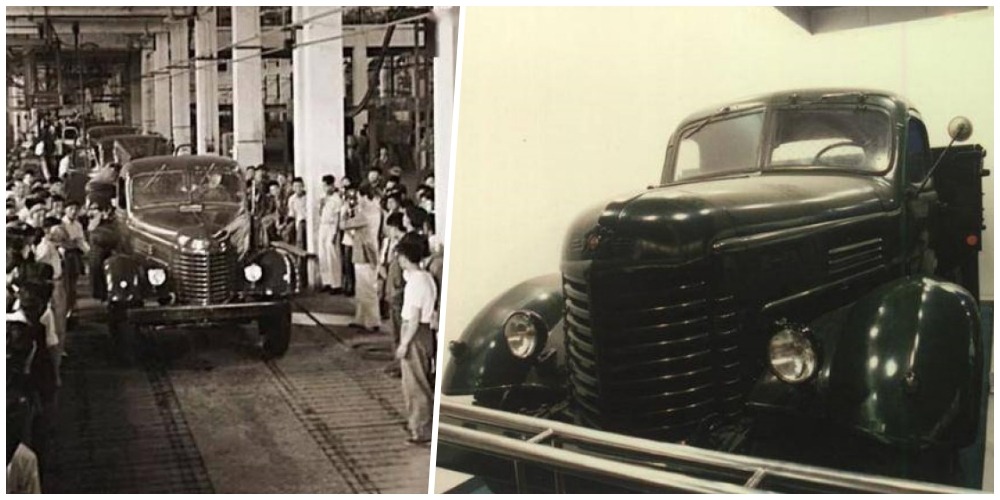
The PRC also focused on steel production, and Anshan Iron and Steel Company was an early steel production base.
By the completion of the "First Five-Year Plan" in 1957, the Anshan Iron and Steel Company had achieved pig iron output of 3.36 million tonnes, steel output of 2.91 million tonnes, and rolled steel output of 1.92 million tonnes, thus becoming China's foremost large-scale steel base.
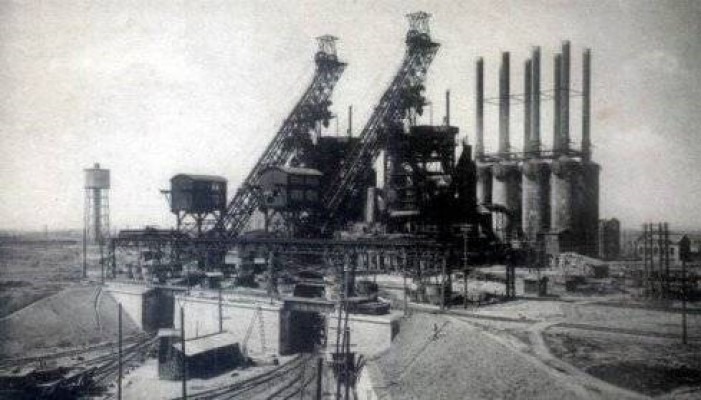
In terms of transportation, 4,000 km of railway and 10,000 km of trunk roads were constructed during the "First Five" period. This includes the first Yangtze River Bridge—the Wuhan Yangtze River Bridge, which was the first bridge in China that was used for both railway and road traffic, marking a milestone in Chinese bridge-building history.
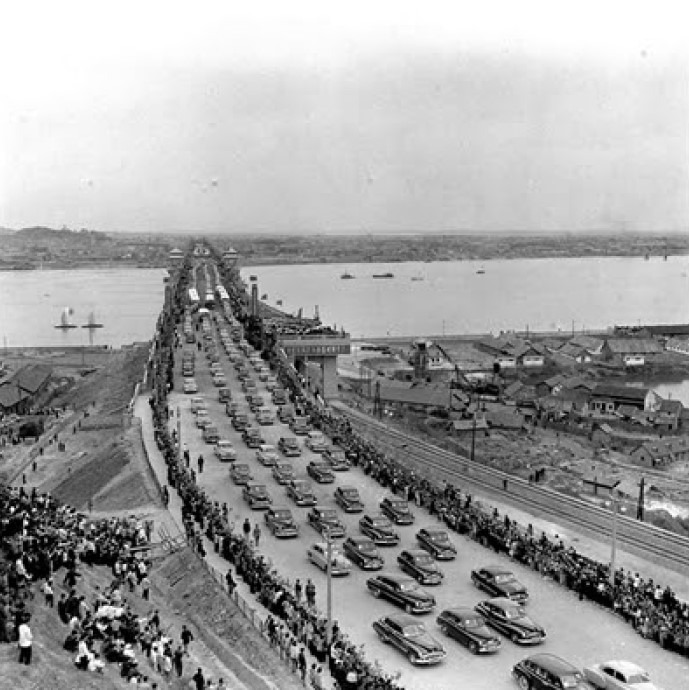
The significant change of wording
The "First Five" plan was fairly successful, driving China's economic growth and laying the foundation for China's industrialisation. Subsequently, the five-year plan was implemented regularly as scheduled.
It's noteworthy that from the "1st Five" to "10th Five", the Chinese term used for the name were all "計劃" (jìhuà, "plan"). It wasn't until 2006's "11th Five" that "計劃" officially changed into "規劃" (guīhuà, "planning/programme"), while in English, "Five-Year Plan" remains the standard translation for both.
This significant change symbolises China's transition from the previous planned economy towards a socialist market economy.
In fact, since the start of the Reform and Opening-up in 1978, or the "6th Five", the changes in GDP indicate the fruitful gains from China's implementation of the five-year plan.
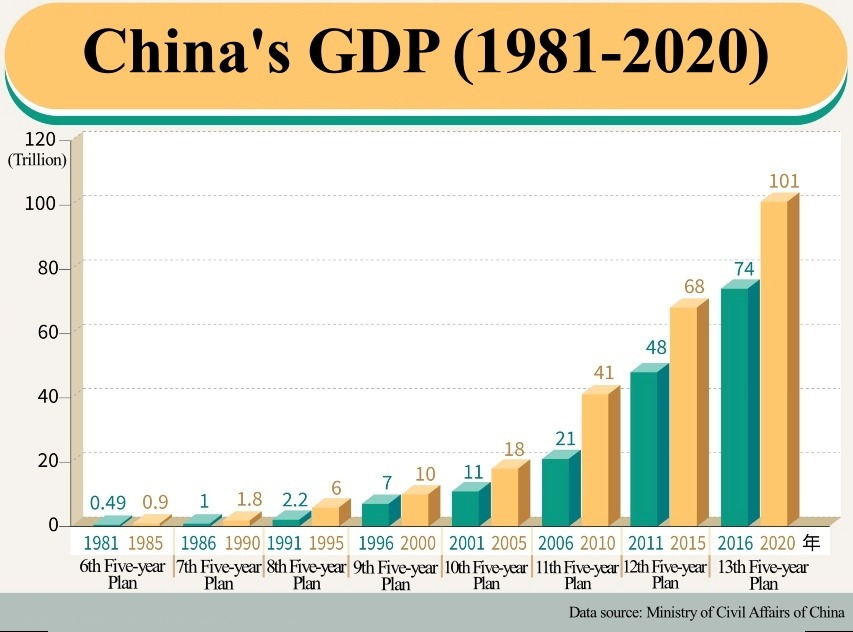
Through the efforts of the "6th Five" and "7th Five", China had basically solved the problem of food and clothing for its people by 1990.
From the "8th Five" to after "13th Five" in 2020, China has successfully eliminated absolute poverty and fully built a moderately prosperous society.
In the years ahead, the Five-Year Plan will continue advancing steadily towards its established goals, achieving even more substantial outcomes.
Read more: National Policy|What is "Chinese path to modernisation?"
Read more: National Policy|What is "High-quality Development"?
